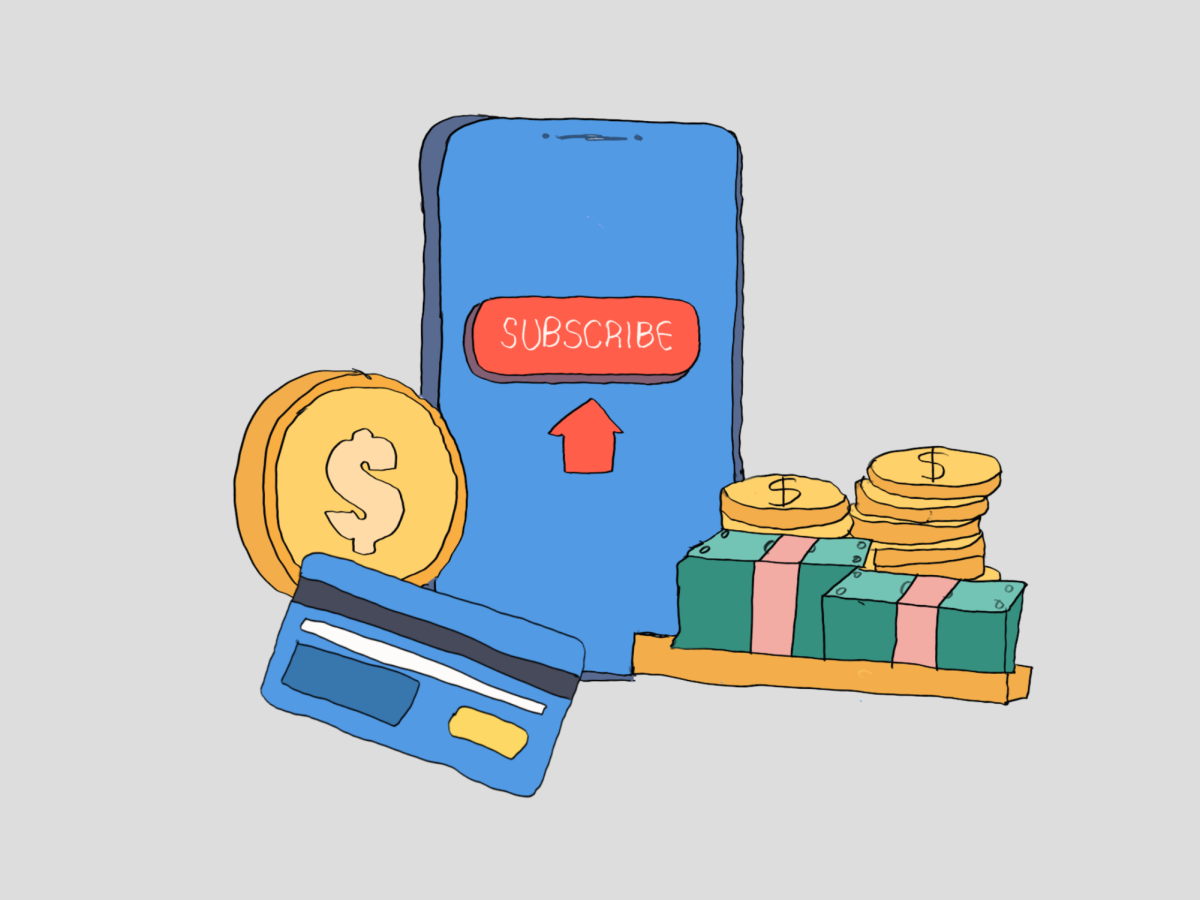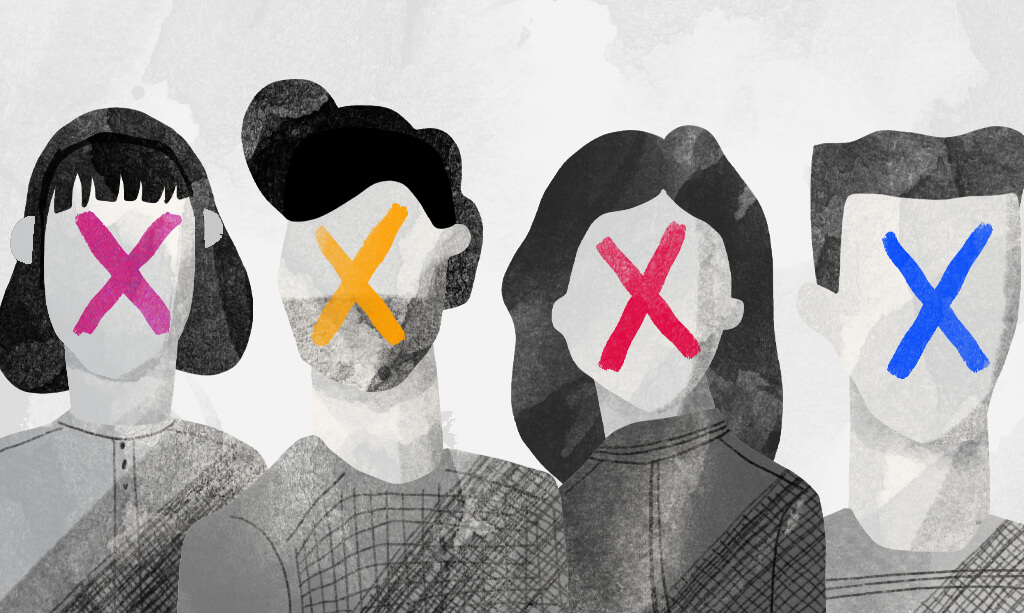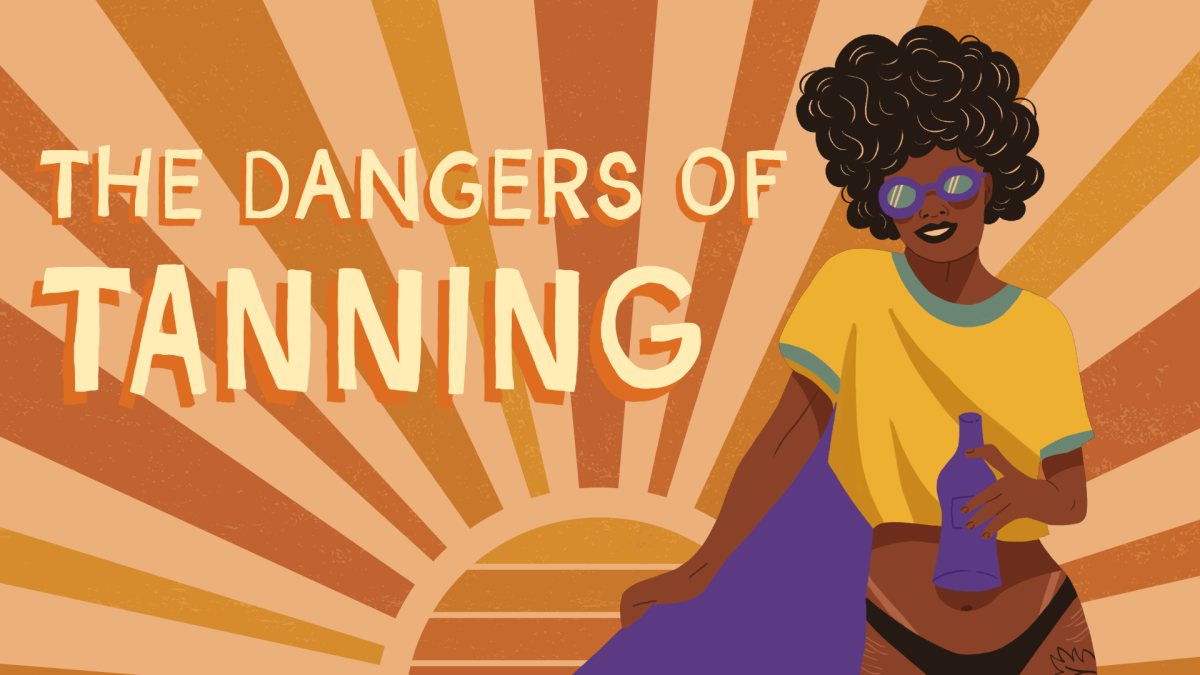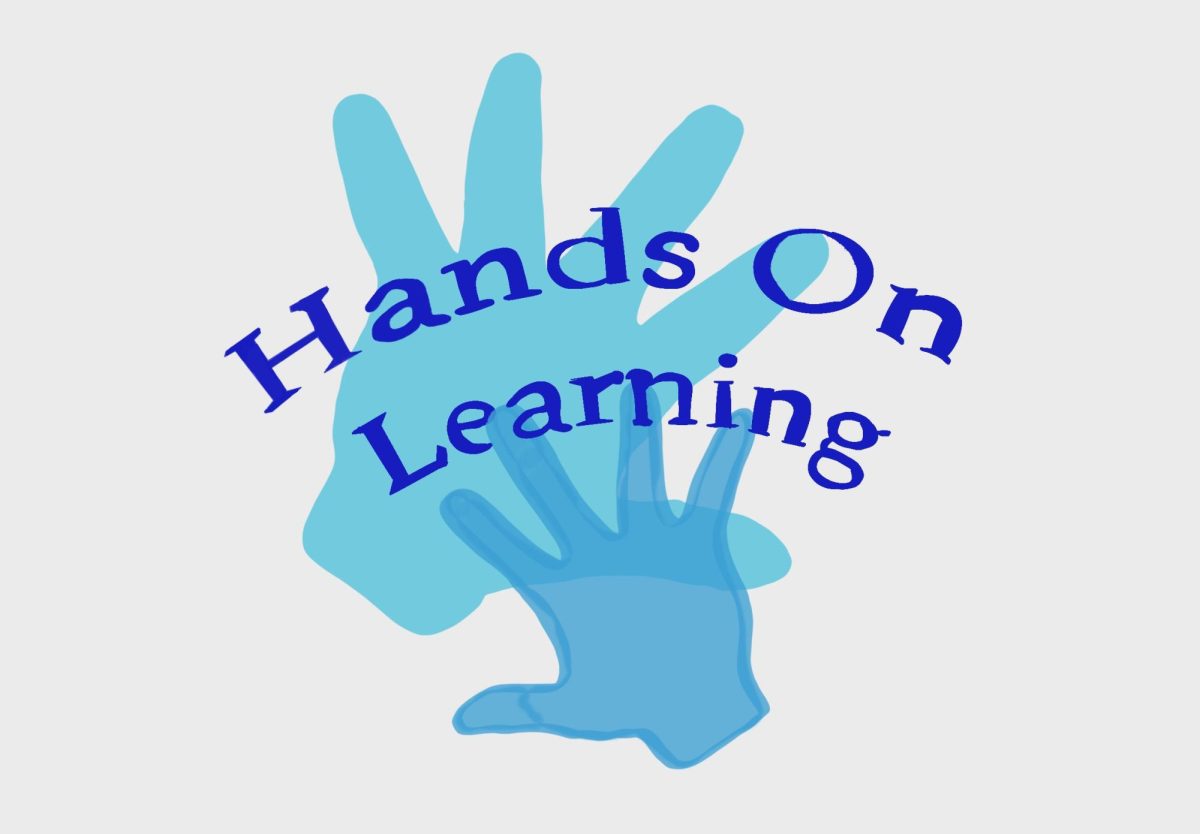In the last couple of years apps have been creating upgraded features that require an extra payment in order to receive them. Apps like Snapchat and YouTube have started offering premium to individuals as a way to profit off their apps. App developers are offering premium options for two reasons: due to the increasing cost it takes to keep the app running and as a way to develop a sense of loyalty and reliability with its users. Not only does it foster a connection between the user and the technology, but it also encourages prolonged app usage, ultimately increasing revenue for the creators.
An example of an app that is constantly offering premium features at a price is Snapchat. Snapchat Plus, the first premium subscription, came out in July of 2022 as an attempt to profit off its users. Certain apps like Snapchat are always trying to persuade users to subscribe in order to gain advanced qualities of the app. Snapchat also allows consumers to start a subscription for $3.99 a month to gain features like restoring streaks and pinning your first best friend. Some people argue the additional features should already come with the app and should not be an additional fee. However, Snapchat offers deals for Snapchat Plus,causing more people to join the subscription. Often, users feel the need to have the newest and best version of the app in order to keep up; app developers are using that to their advantage as their main goal is to make the most money possible. Comparably, YouTube made a deal with the NFL to have the Sunday Ticket be part of their YouTube subscription package. YouTube also brought in more than 100 million subscribers with the rise of YouTube Music and YouTube Premium. Additionally, apps like Roblox, Candy Crush, Duolingo and Pokemon Go frequently prompt users to make purchases, either to continue playing or to enhance their experience with other features.
These apps are offering subscriptions not to benefit the consumer but to profit from them. Consumers are falling for these apps’ tactics to extract more money from them. By giving in, consumers are empowering these apps to continue this, driven by our addiction to our phones and the constant desire for the latest updates.
















